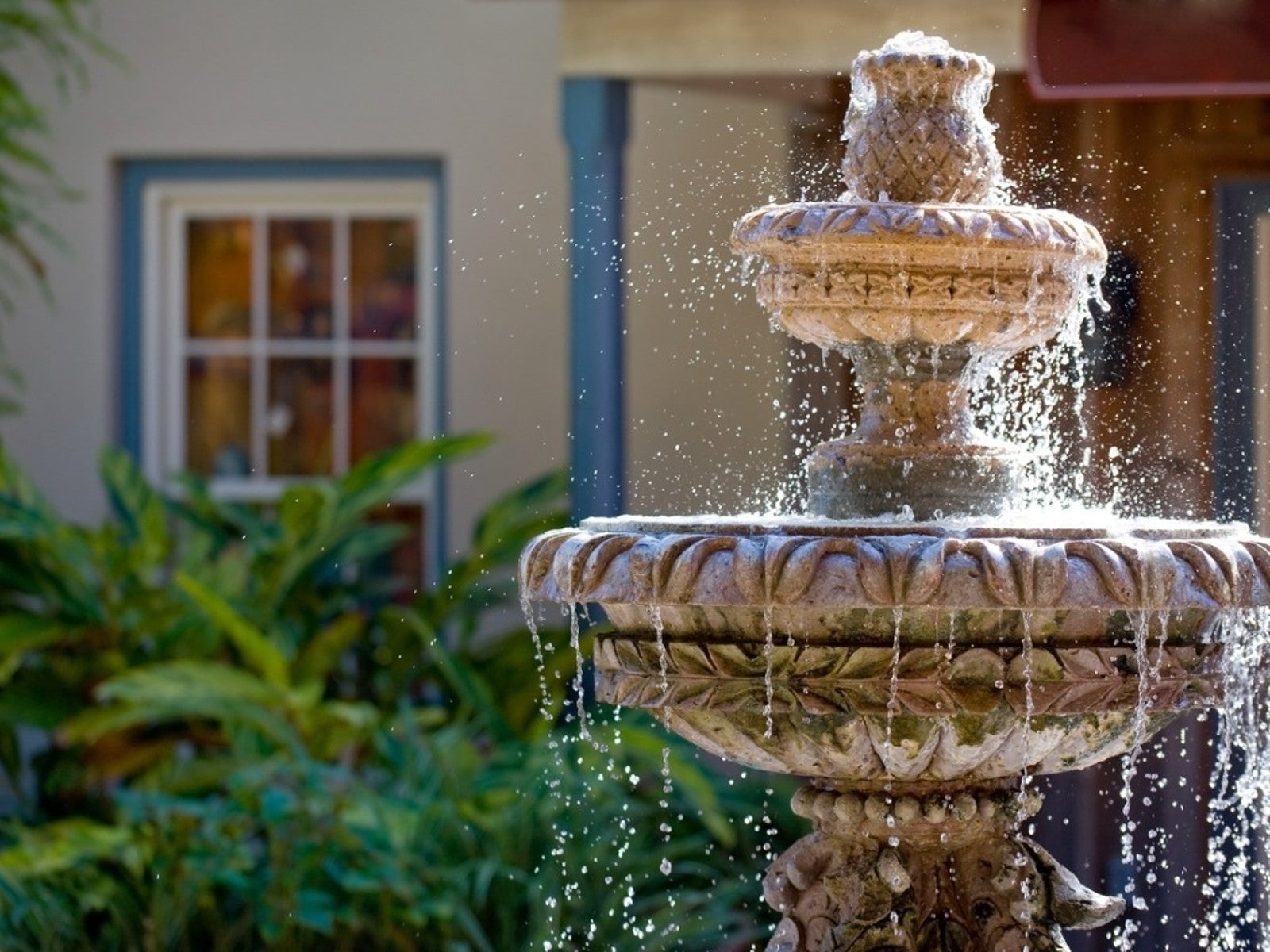Soundscaping To Create A Relaxing Garden Sanctuary


When it comes to relaxing sounds in the garden, most people think of a splashing water feature. But did you know there are other ways to add soothing sounds to your garden, such as singing birds, rustling grasses, humming bees, and crunching walking paths?
An important part of a sensory garden, sound combines with sight, touch, smell, and taste to stimulate the senses. Soundscaping your garden can add joyful sounds that help create a relaxing garden sanctuary.
Create Nature Soundscapes and Soothing Sounds in The Garden
To increase the volume of sensory garden sound, start by determining the placement of plants that will make a rustling noise. Plant them near a seating area or along a well-used path. Plants to add to your garden soundscape include:
- Plants with seed heads that rattle in the wind or when shaken, such as wild indigo (Baptisia spp.), love-in-a-mist (Nigella damascena), honesty (Lunaria annua), and quaking grass (Briza maxima)
- Ornamental grasses that lightly swish in the breeze
- Weeping trees whose leaves rustle as they sway
If you are not already feeding the birds, consider adding a bird feeder and birdbath to your natural soundscape to attract feathered friends. Serenading songbirds are one of the most soothing and uplifting sounds in the garden. Besides feeders, you can add native plants that attract birds:
- Black-eyed Susan (Rudbeckia hirta)
- Coneflower (Echinacea spp.)
- River oats (Chasmanthium latifolium)
- Little false bluestem (Schizachyrium scoparium)
- New England aster (Symphyotrichum novae-angliae)
- Mexican hat (Ratibida columnifera)
- Native wildflowers also attract buzzing bees as well as butterflies to the garden. Check with your local extension service for plants native to your area that attract birds, bees, and butterflies.
Other Sounds
Water features are the supreme noisemakers in a garden. They splish, splash, gurgle, and flow with the enticing, soothing sound of running water. They can be elaborate or a simple, do-it-yourself variety.
Do not forget the crunching sounds you make when walking into the garden on dry leaves. Walkways made of gravel or deconstructed granite produce sound beneath your feet. Use gravel to fill in areas between garden beds or under a seating area to add more crunch.
Another way to add sound into the garden is with wind chimes. They can be purchased, or you can make your own using wooden tubes, rods, or bells. A word of caution when adding wind chimes in the garden: They can disturb the other wildlife you are attracting, so keep the wind chimes in a secluded area.
Sign up for the Gardening Know How newsletter today and receive a free copy of our e-book "How to Grow Delicious Tomatoes".
Adding sound to the garden is one element of a sensory garden that is often overlooked but easy to attain.

After graduating from Oklahoma State University with a degree in English, Susan pursued a career in communications. In addition, she wrote garden articles for magazines and authored a newspaper gardening column for many years. She contributed South-Central regional gardening columns for four years to Lowes.com. While living in Oklahoma, she served as a master gardener for 17 years.